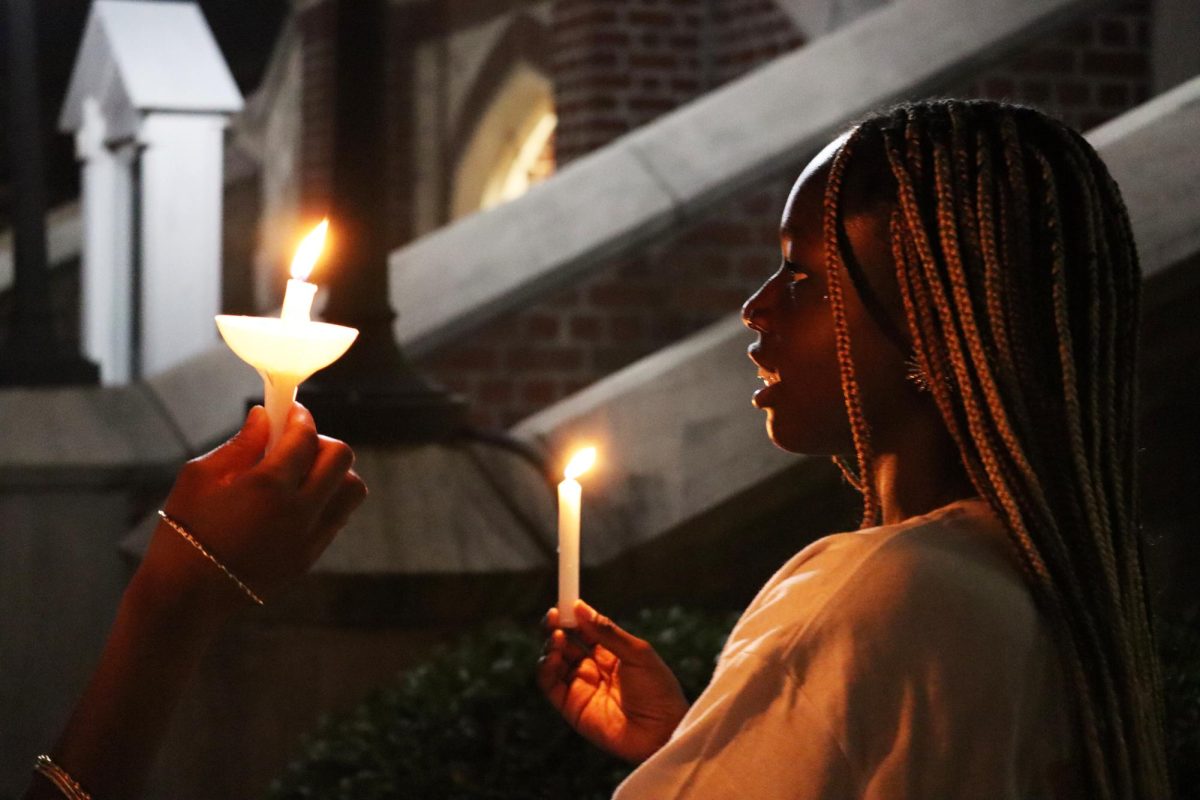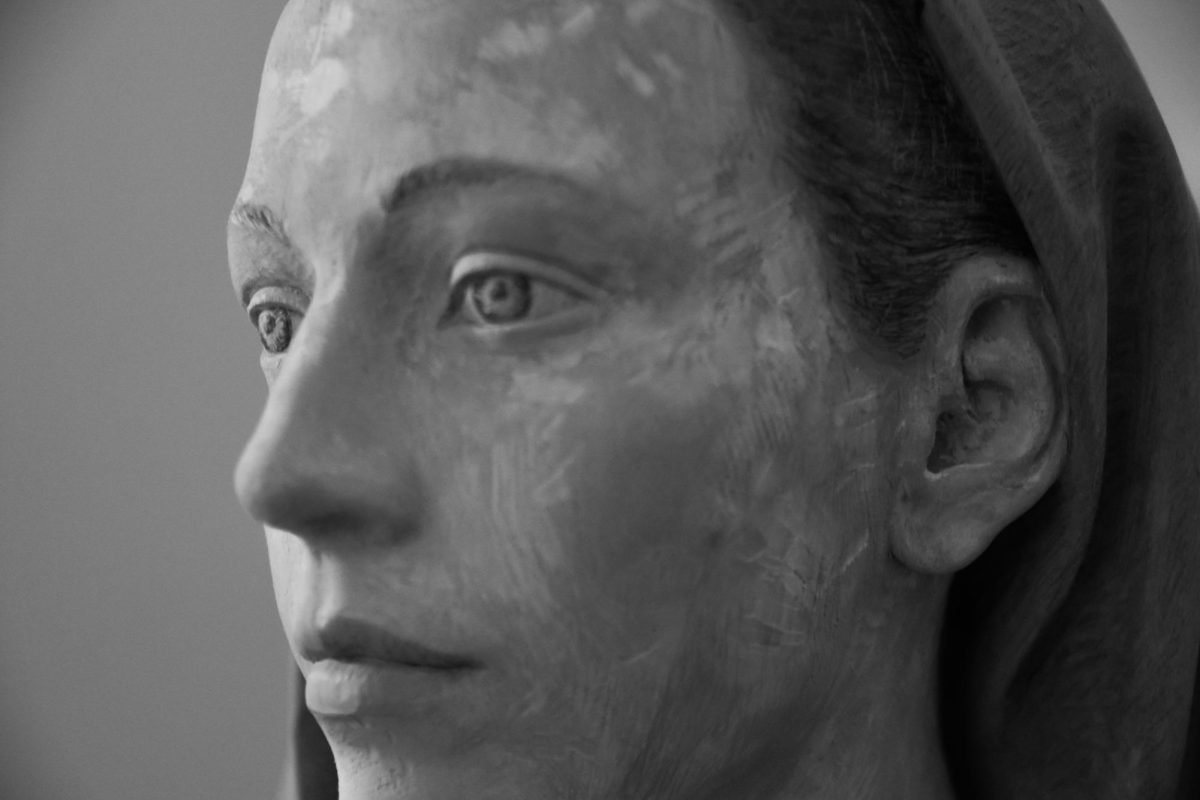Libraries across the country are developing spaces called Information Commons, Learning Commons or Research Commons. At Loyola University New Orleans, the mission of the Monroe Library’s Learning Commons is to provide a collaborative space where students, faculty and staff can come together to study, learn, teach and socialize.
The Learning Commons supports an integrated approach to student learning through a combination of facilities, software and access to resources. It allows students and faculty to be more efficient and creative in their work through access to many varied resources and services in one location. Ultimately, it supports student success at Loyola.One year ago the library and its partners, including the Center for Teaching and Learning and the Department of Information Technology, began working with learning space consultant Bill Dittoe to create a Learning Commons on the J. Edgar and Louise S. Monroe Library’s first floor.
They also included members of the Student Library Advisory Committee and student workers in the discussions Dittoe told us to work with the end in mind and always kept our focus on the needs of our students and faculty.
We worked through several versions of the plans, finally creating six distinctive, yet complementary areas: a laptop/collaboration area, a computer area, a multimedia project area, a café, a reading alcove and the “Porch,” which is a transitional seating area between the laptop and desktop areas.
Our next challenge was to find funds to pay for the furnishings for these new areas. Through the generosity of Loyola parents along with current and past Library Visiting Committee members, we were able to raise sufficient funds to purchase furniture that would create a flexible collaborative space.
We had hoped to use fall break as a time to install the furniture, but when fall break was cancelled, we knew we really had our work cut out for us if we were to install the furniture before the end of the calendar year.
We identified spaces in the library that could substitute for spaces that would be temporarily unavailable as the old furniture was relocated and the new furniture was installed.
We used e-mail, blogs and signage to alert library users to the changes that were taking place and the great new furniture that they could look forward to. We handed out earplugs and encouraged students to relocate to other floors if the noise bothered them.
As the new furniture was installed, we could see that it was going to be well received. It seemed that almost as soon as a chair was unpacked and put out, someone occupied it. As soon as the new computer carrels were in place and the new computers installed, students were using them, often with one student using a desktop sitting next to a student with a laptop.
In our long term vision, the Learning Commons encompasses the entire library. Our next goal is to develop areas to support faculty development, research and technology instruction for students. We want to expand our virtual collection as well and continue to introduce new technology applications for students and faculty.
Assessment is an important part of any project, and we welcome your comments and suggestions for the Learning Commons. As the late Robert Monroe, the nephew of J. Edgar and Louise S. Monroe, said at the library’s dedication in February 1999, “It’s your library.” Almost ten years later, Monroe’s statement is truer than ever.
Mary Lee Sweat is an associate professor and the dean of libraries. She can be reached at [email protected].








